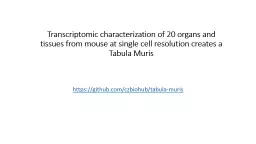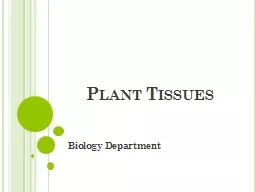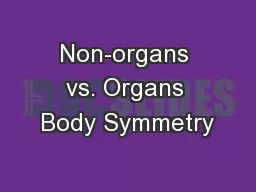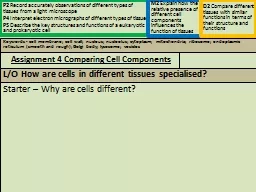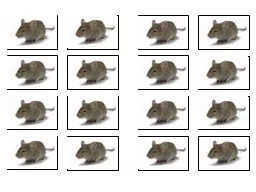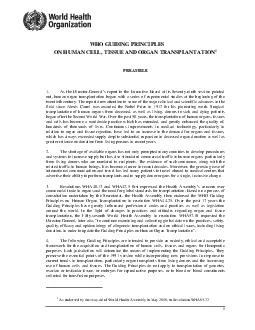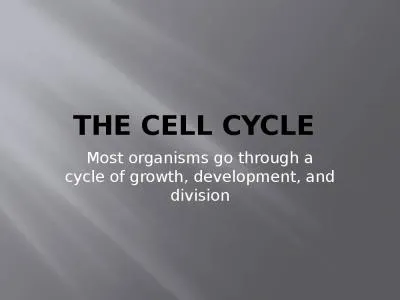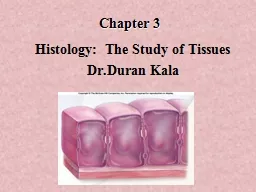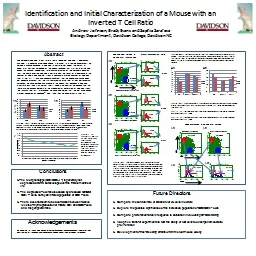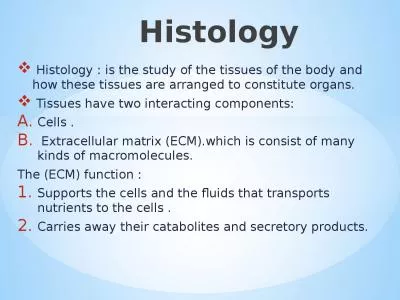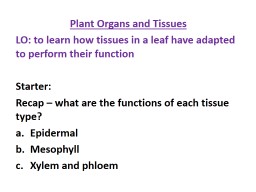PPT-Transcriptomic characterization of 20 organs and tissues from mouse at single cell resolution
Author : genderadidas | Published Date : 2020-08-05
Muris httpsgithubcomczbiohubtabulamuris Objective The Tabula muris project is a compendium of single cell transcriptomic data from the mouse containing nearly
Presentation Embed Code
Download Presentation
Download Presentation The PPT/PDF document "Transcriptomic characterization of 20 or..." is the property of its rightful owner. Permission is granted to download and print the materials on this website for personal, non-commercial use only, and to display it on your personal computer provided you do not modify the materials and that you retain all copyright notices contained in the materials. By downloading content from our website, you accept the terms of this agreement.
Transcriptomic characterization of 20 organs and tissues from mouse at single cell resolution: Transcript
Download Rules Of Document
"Transcriptomic characterization of 20 organs and tissues from mouse at single cell resolution"The content belongs to its owner. You may download and print it for personal use, without modification, and keep all copyright notices. By downloading, you agree to these terms.
Related Documents

